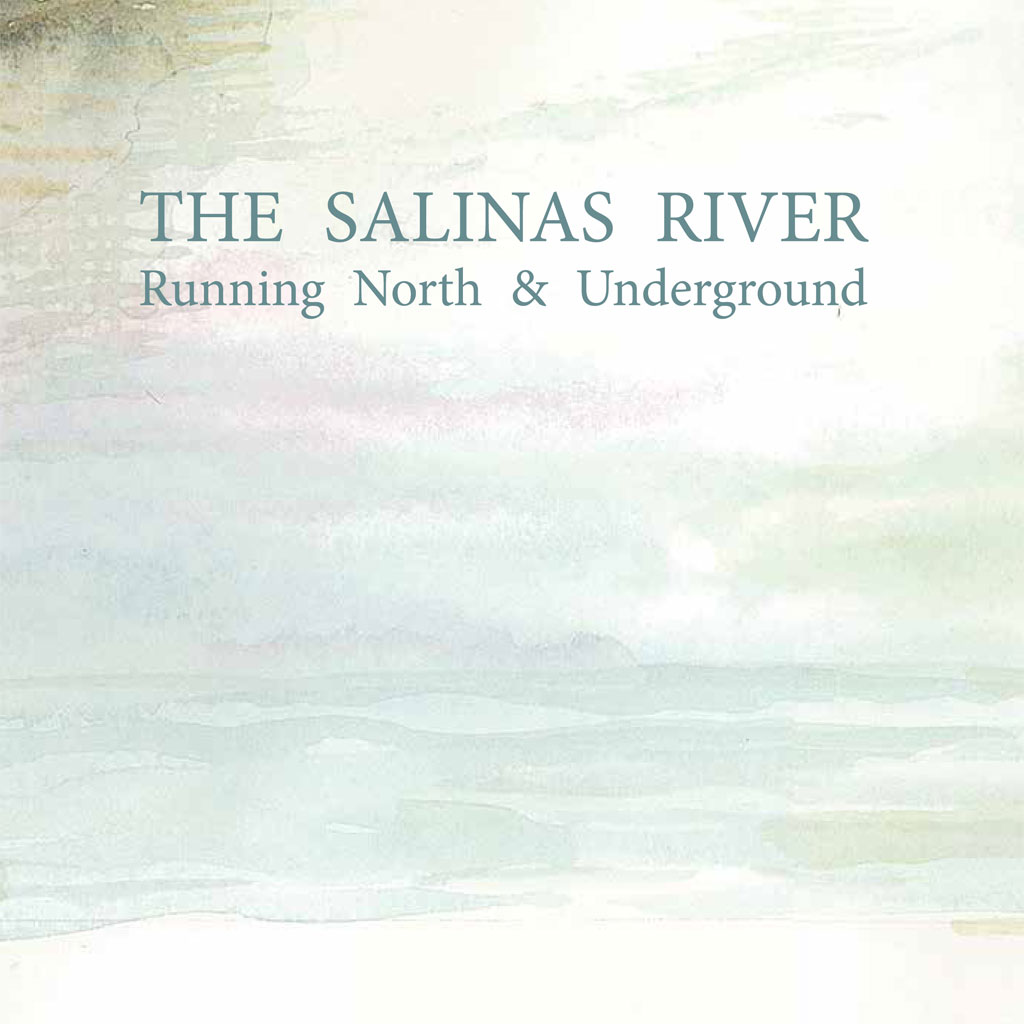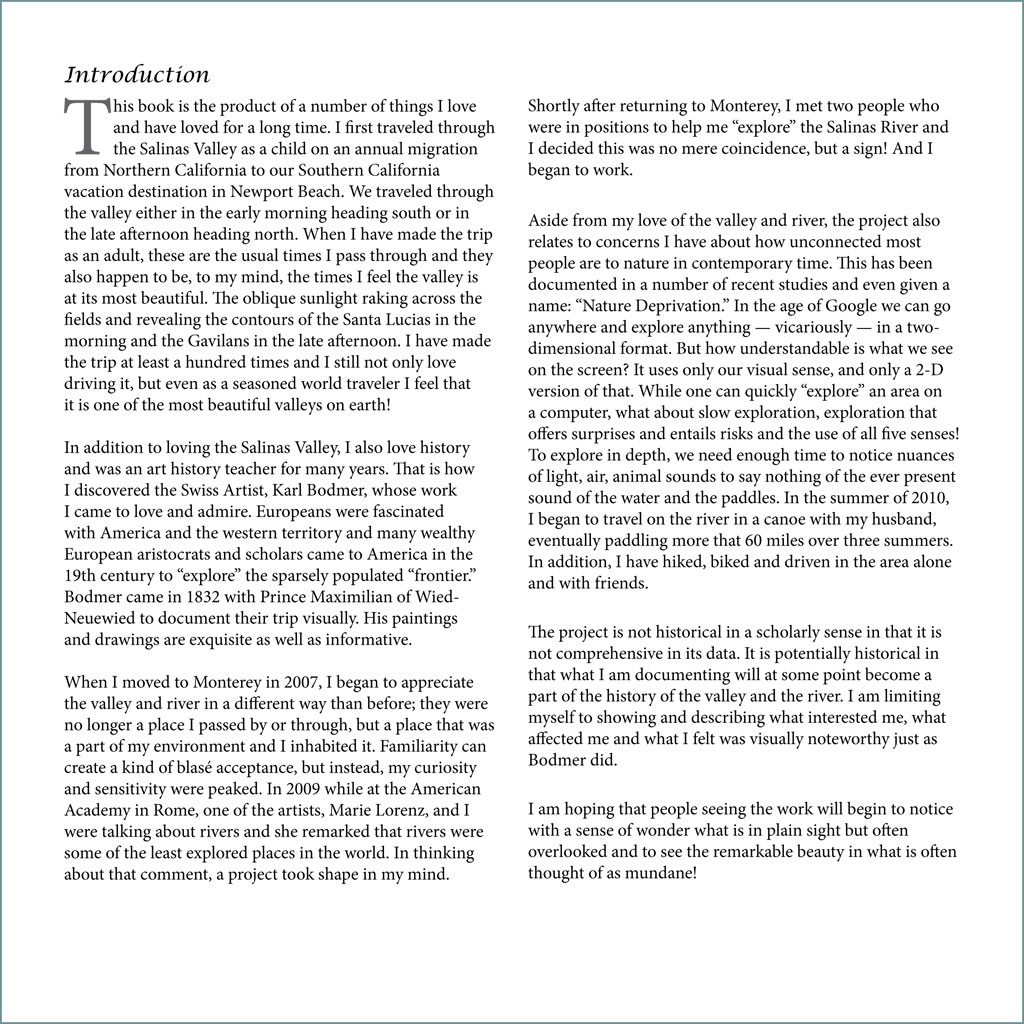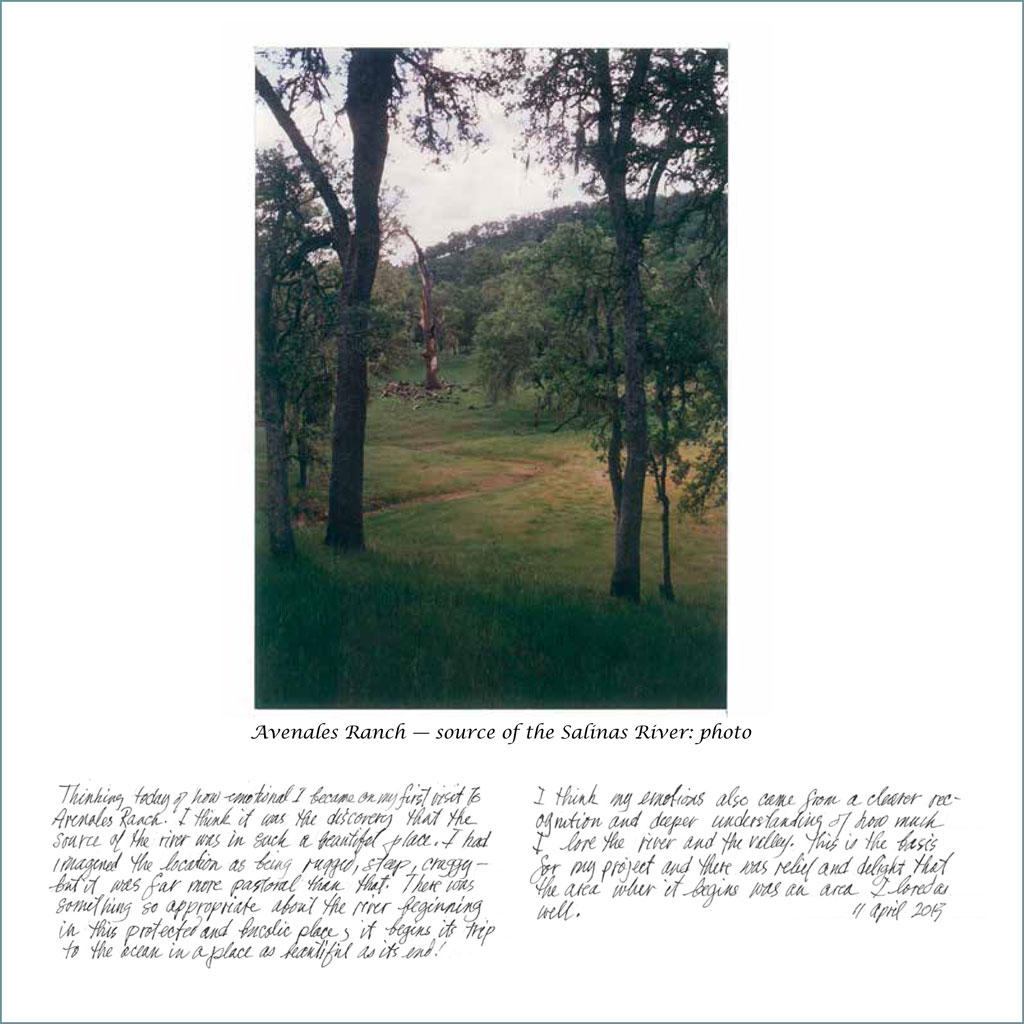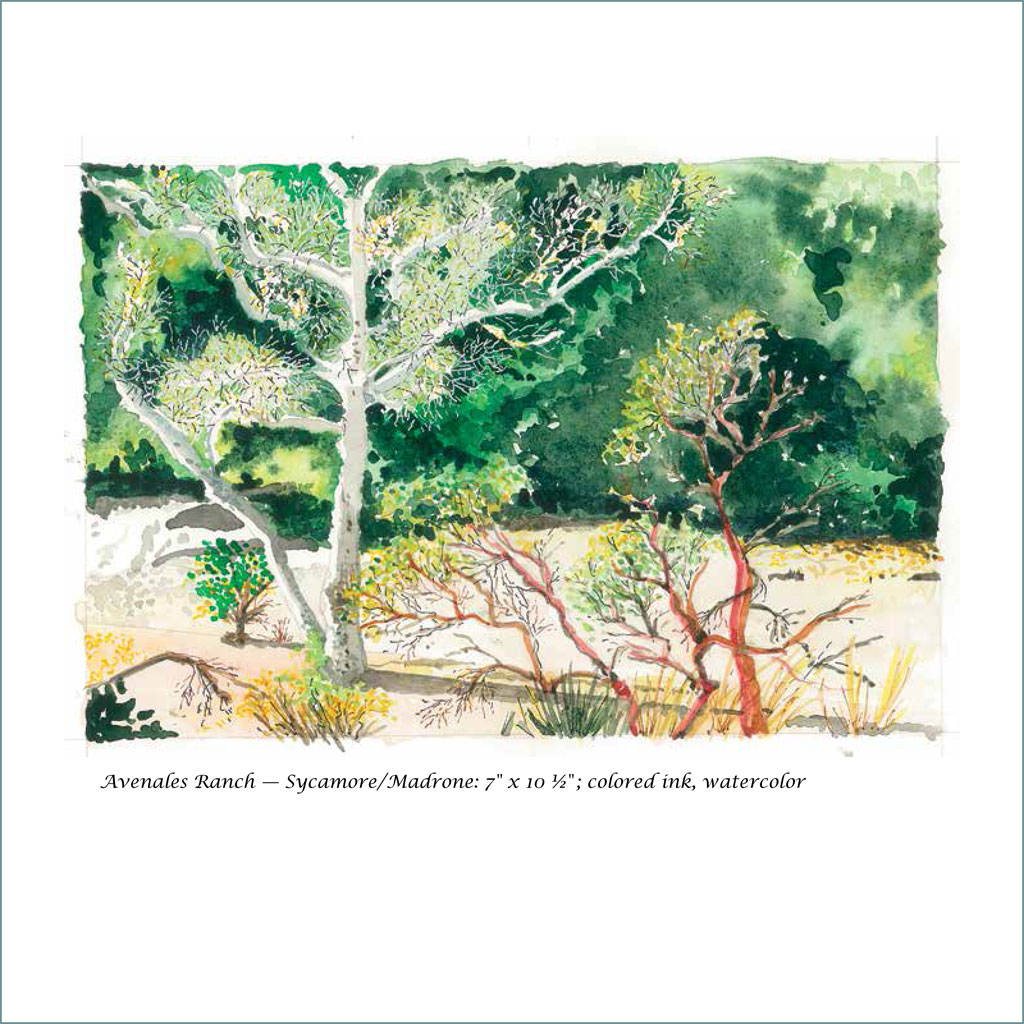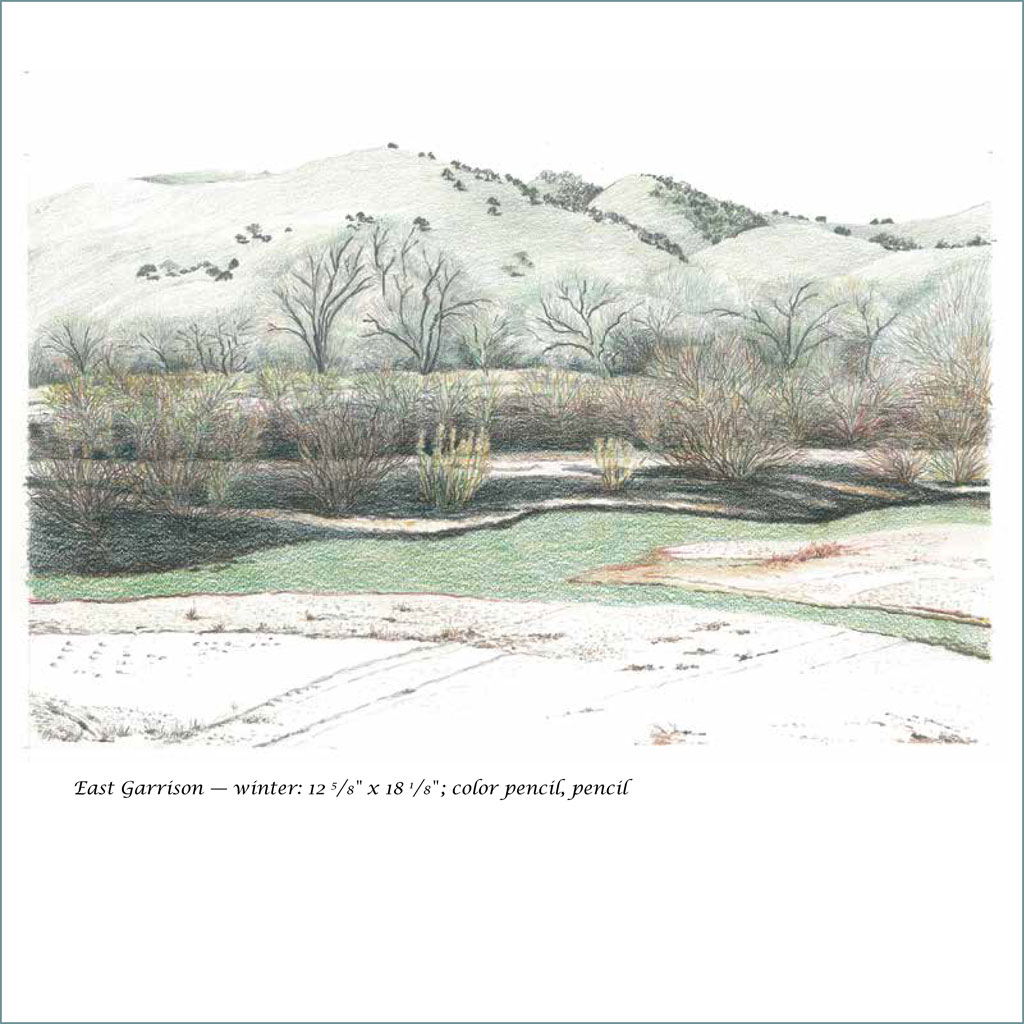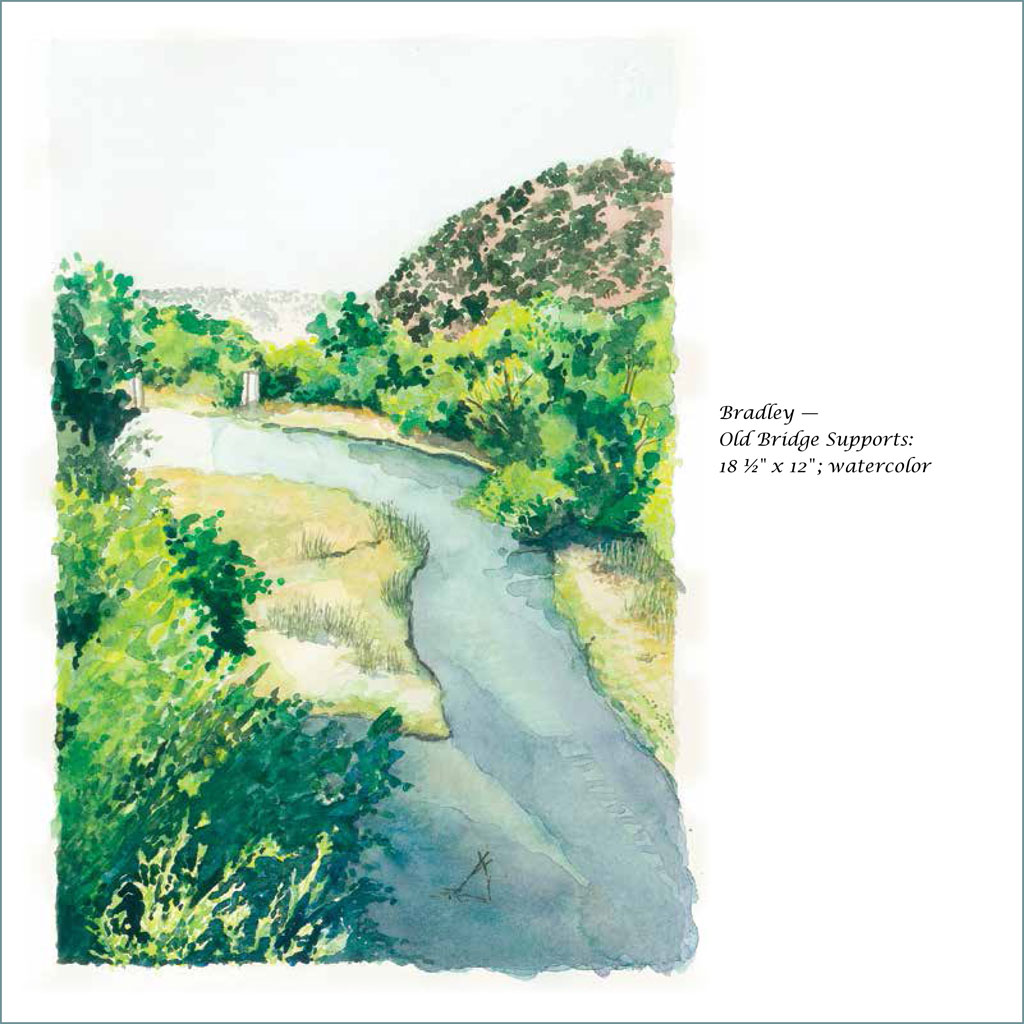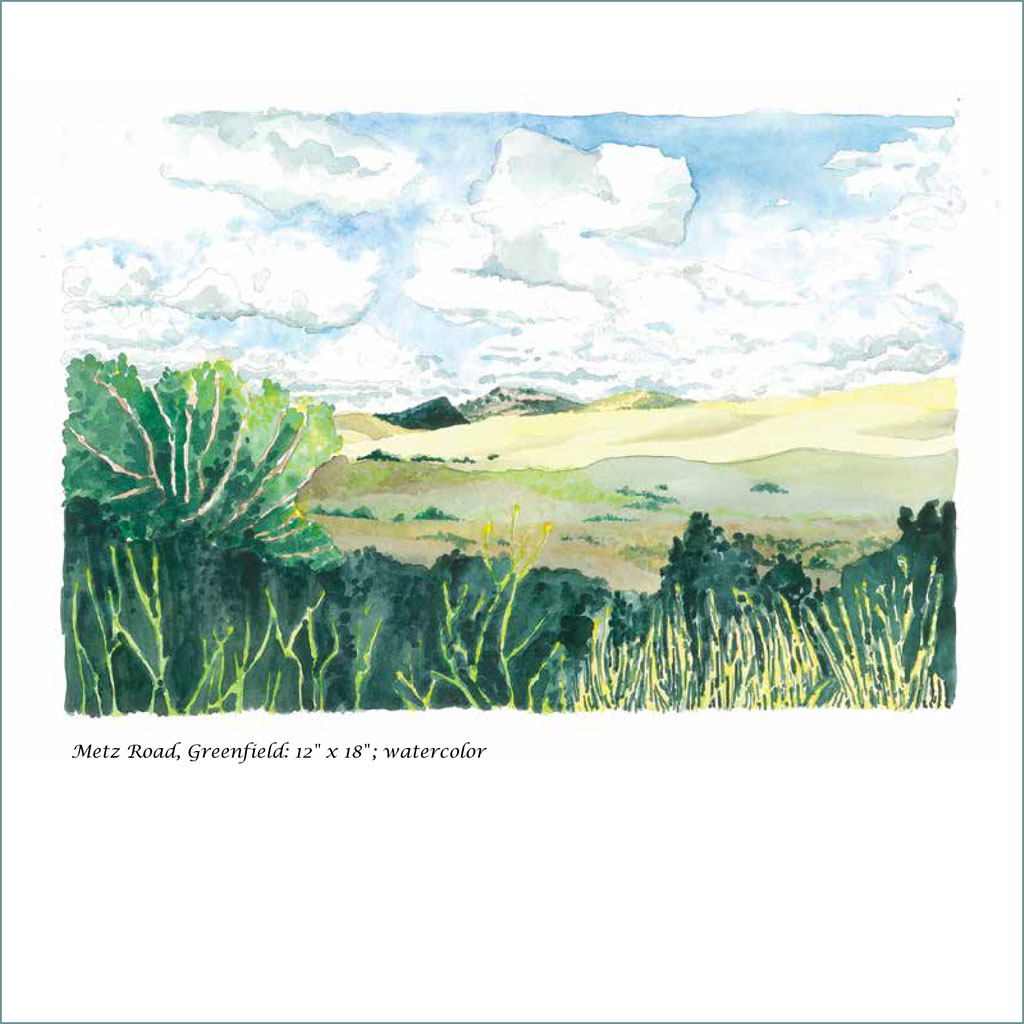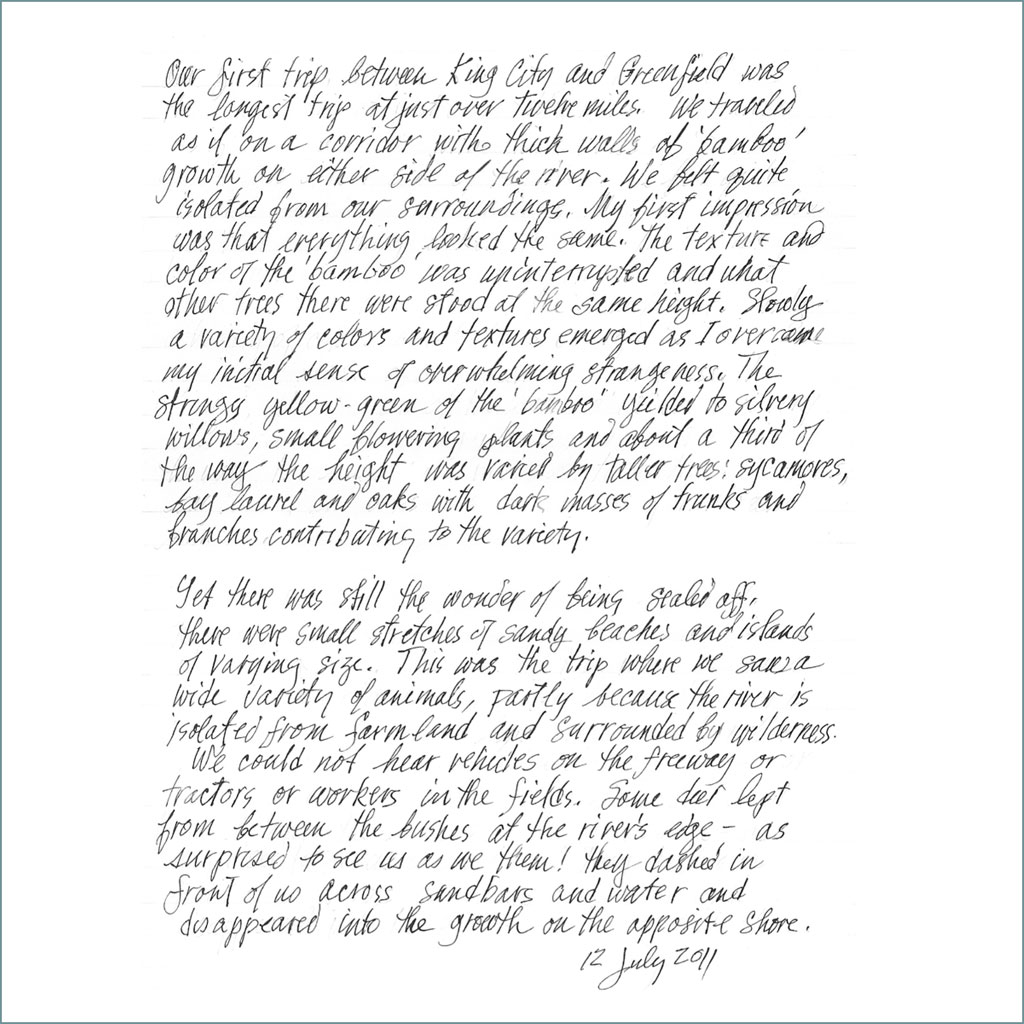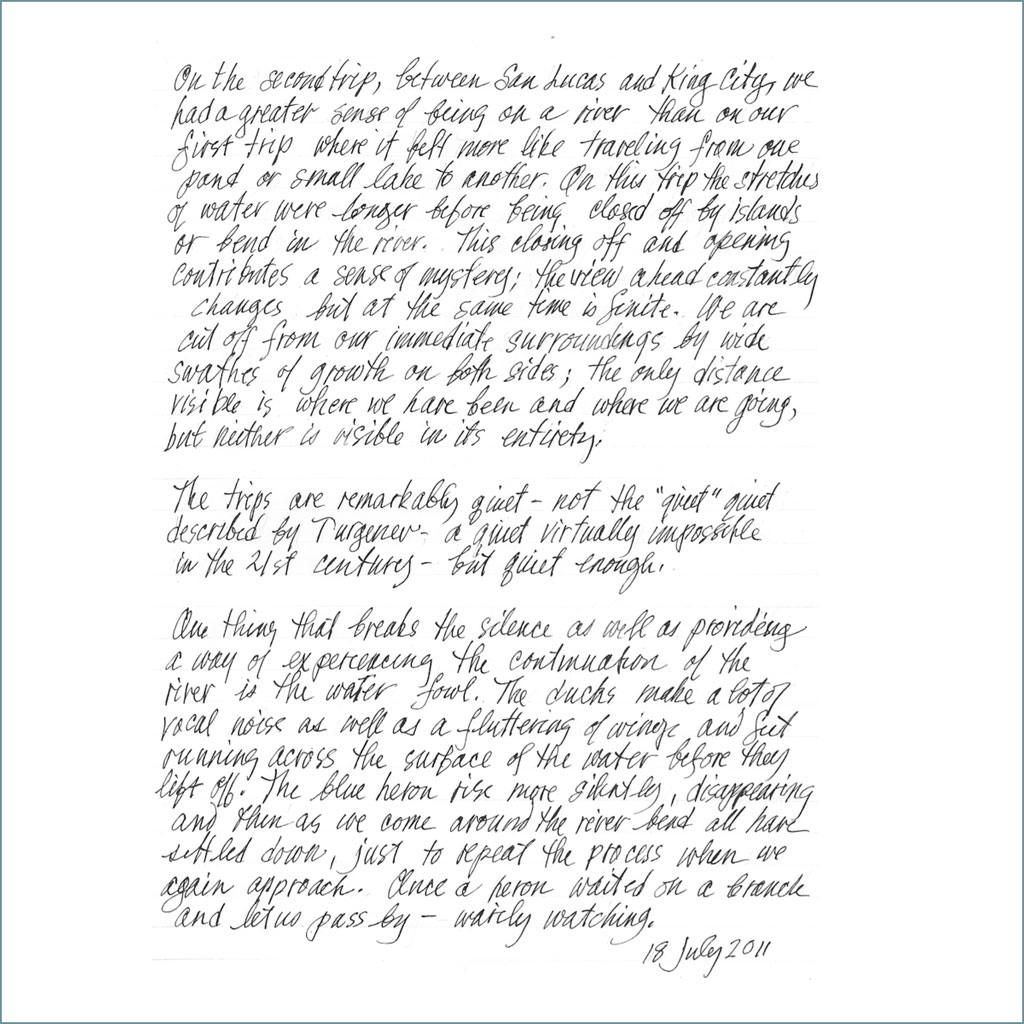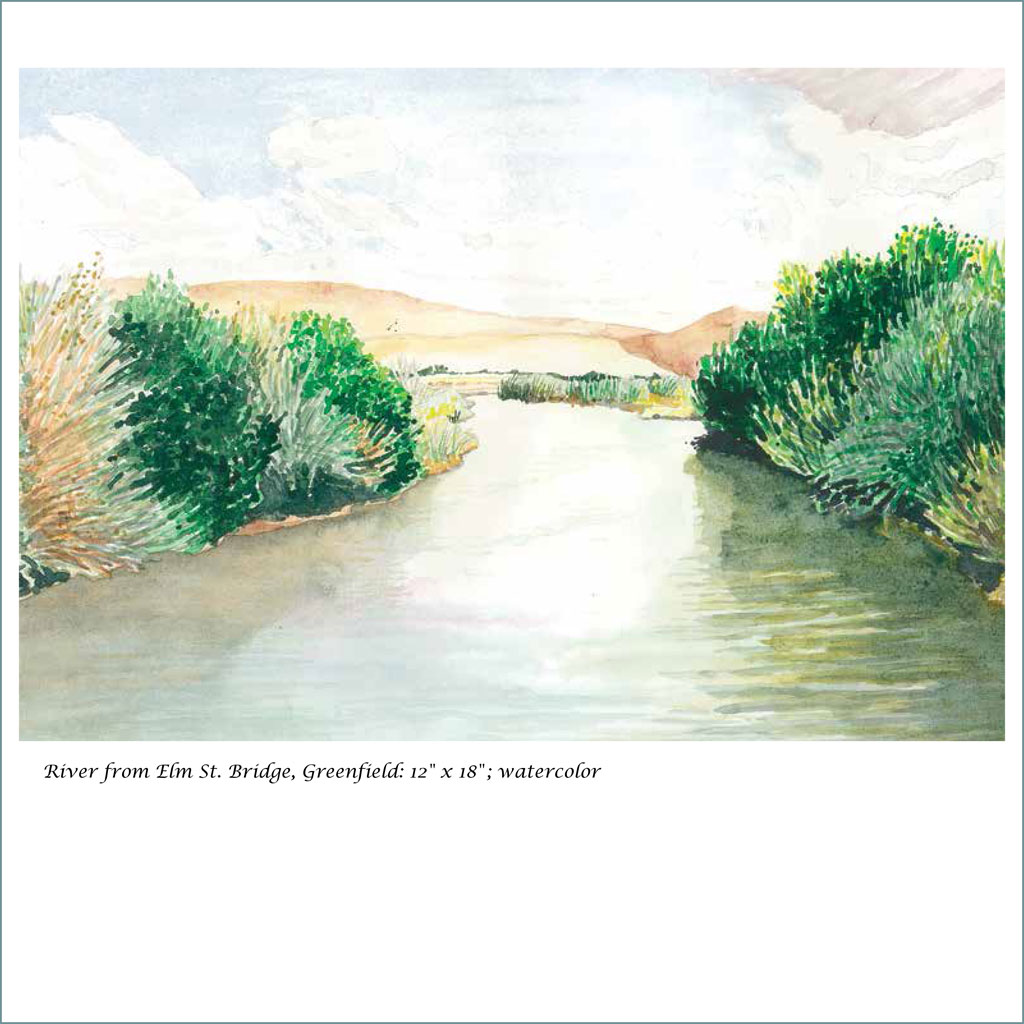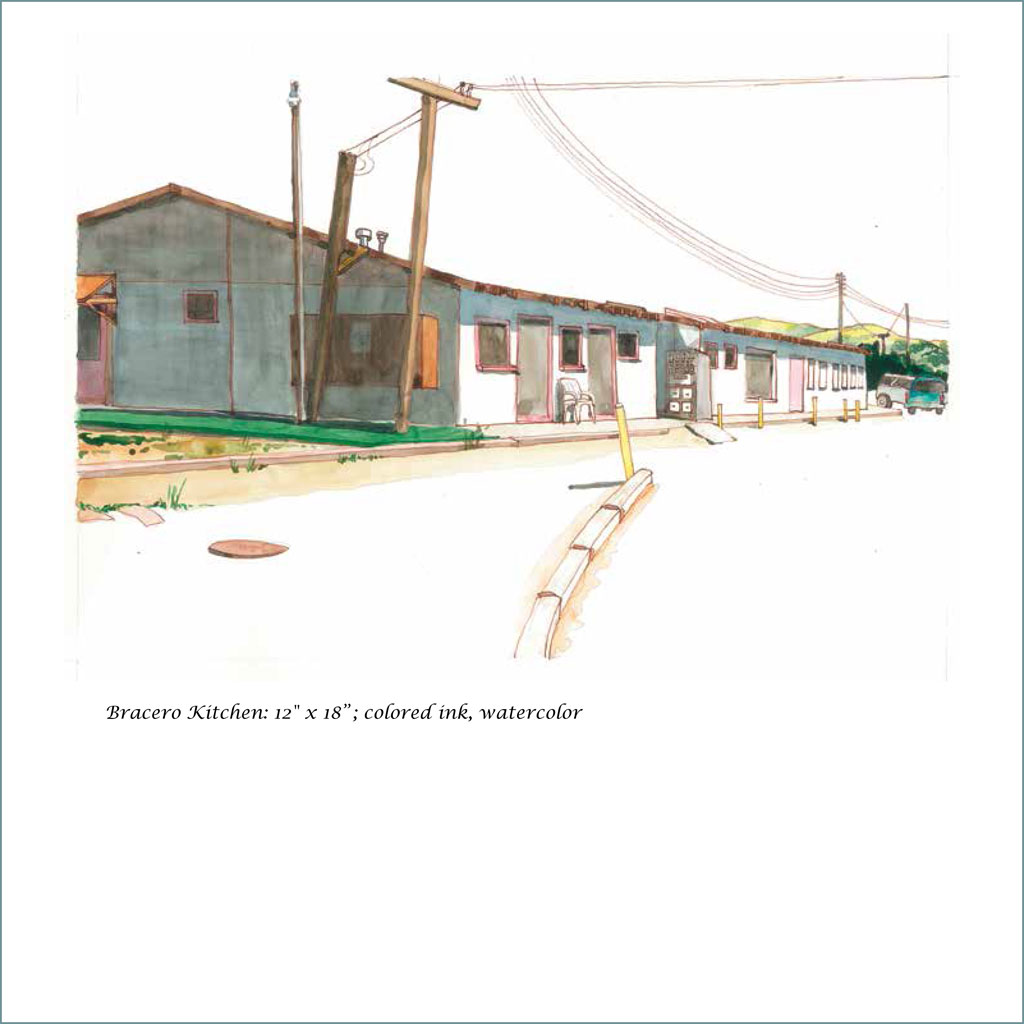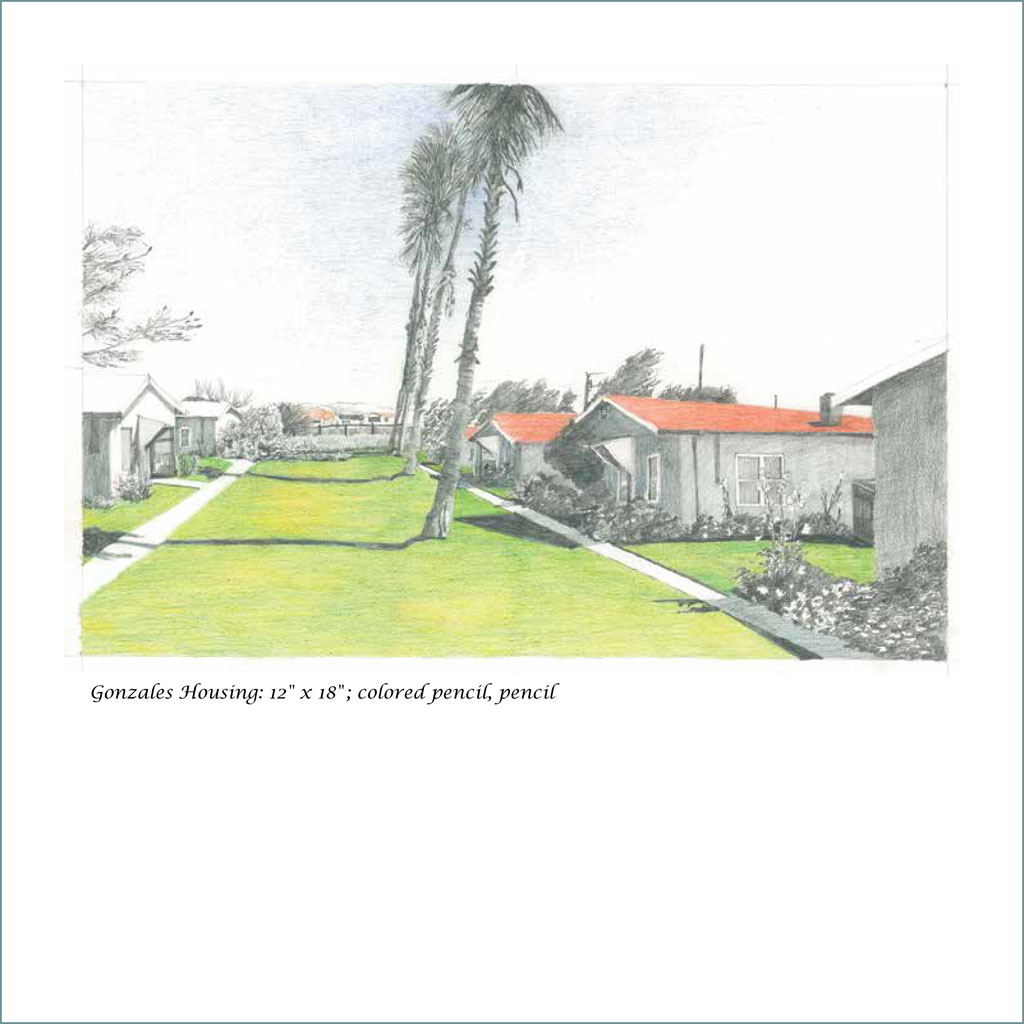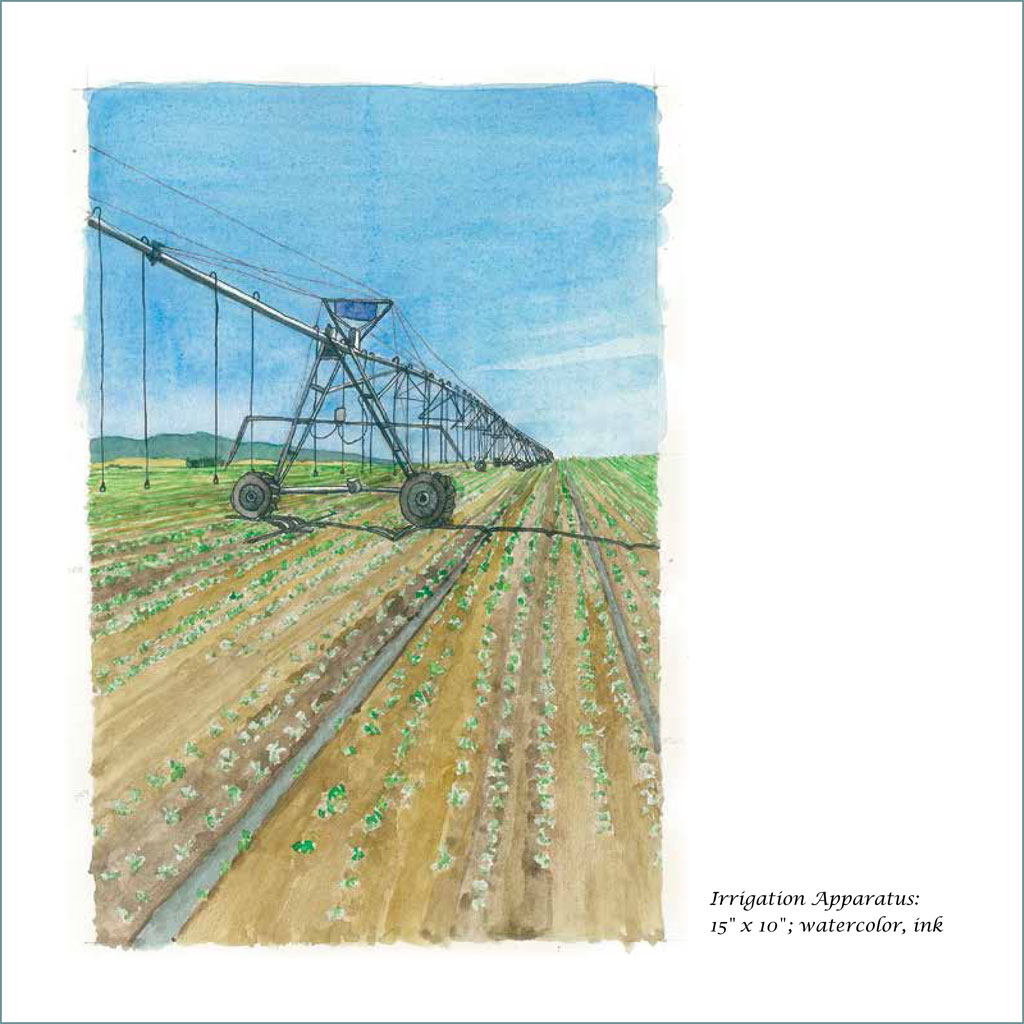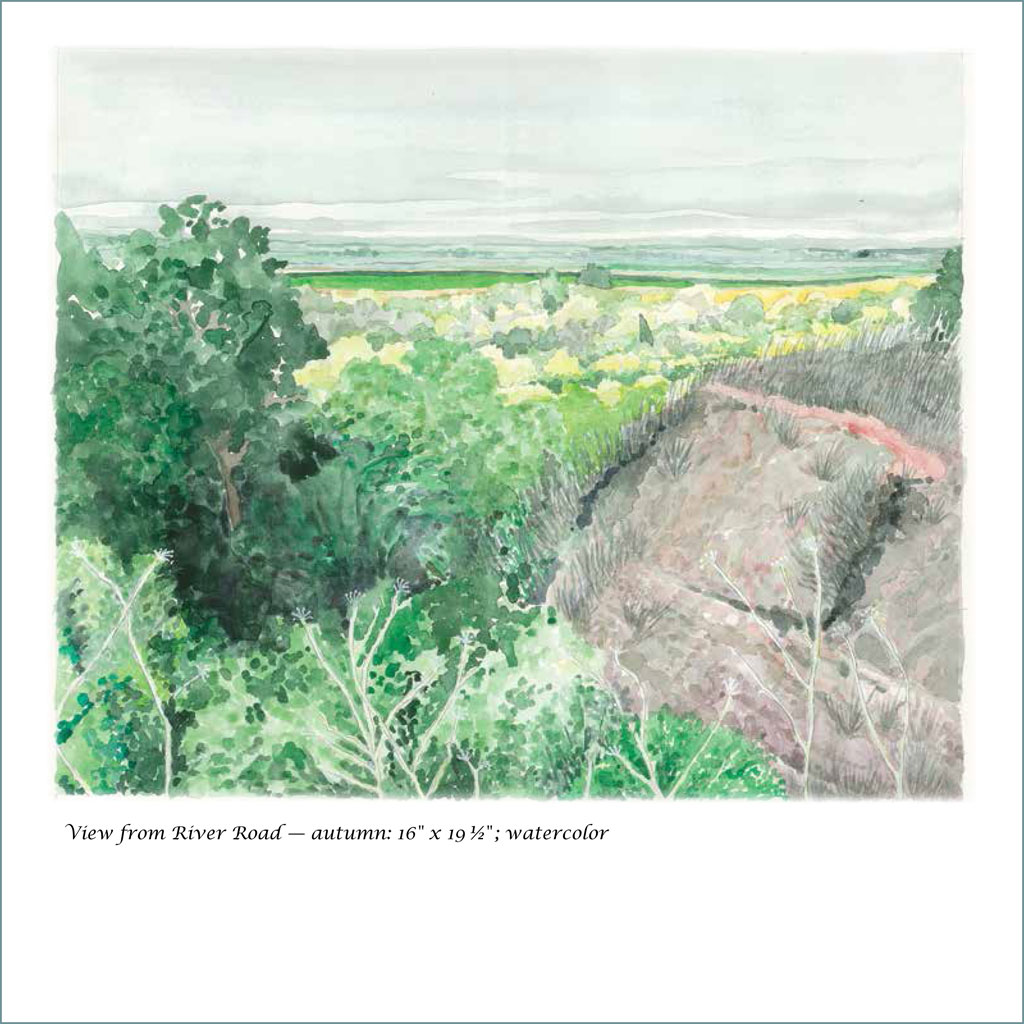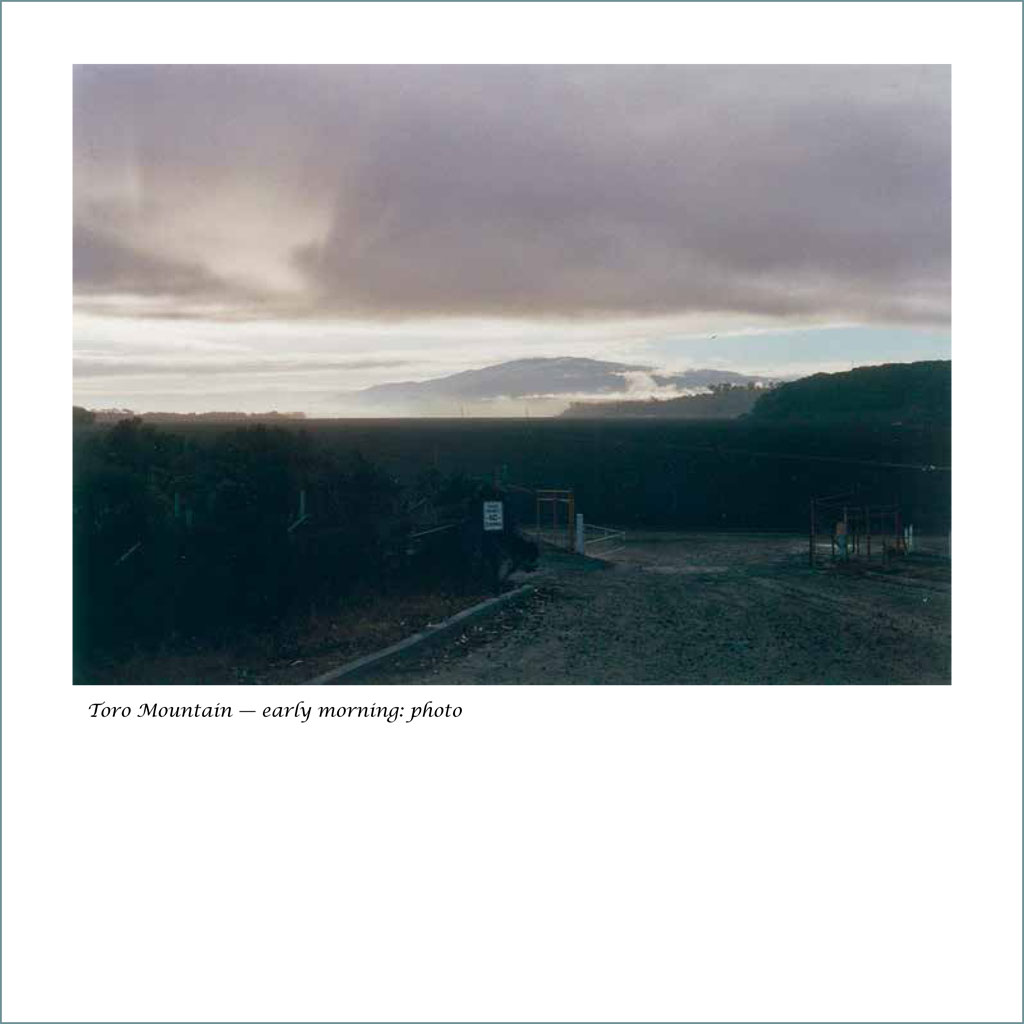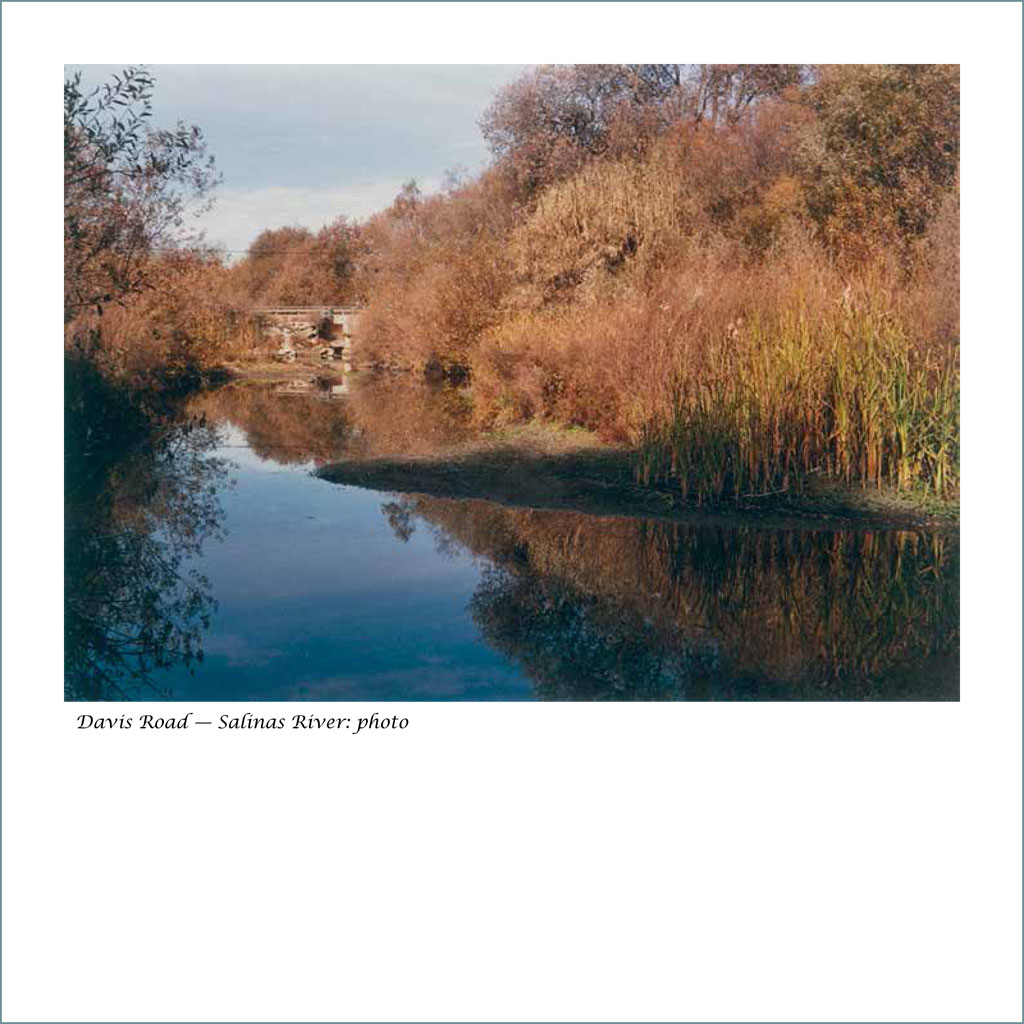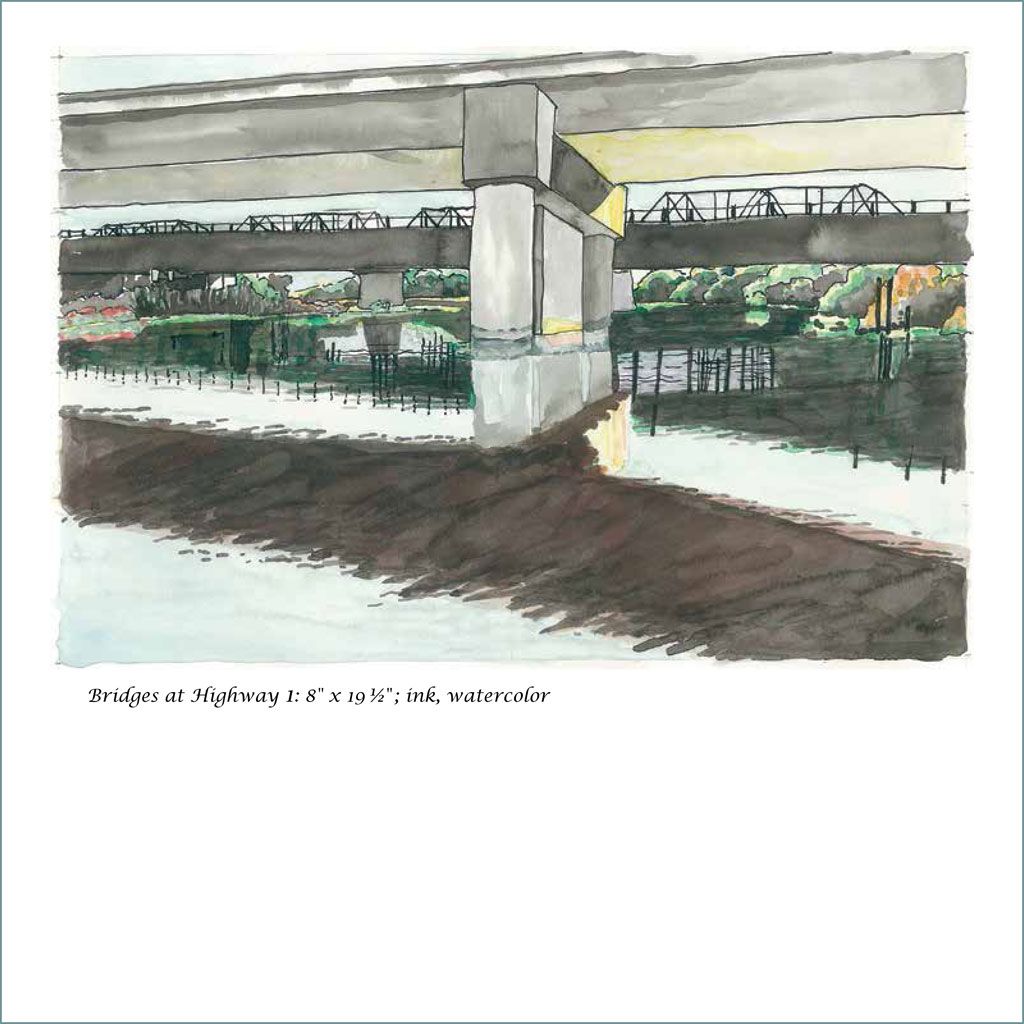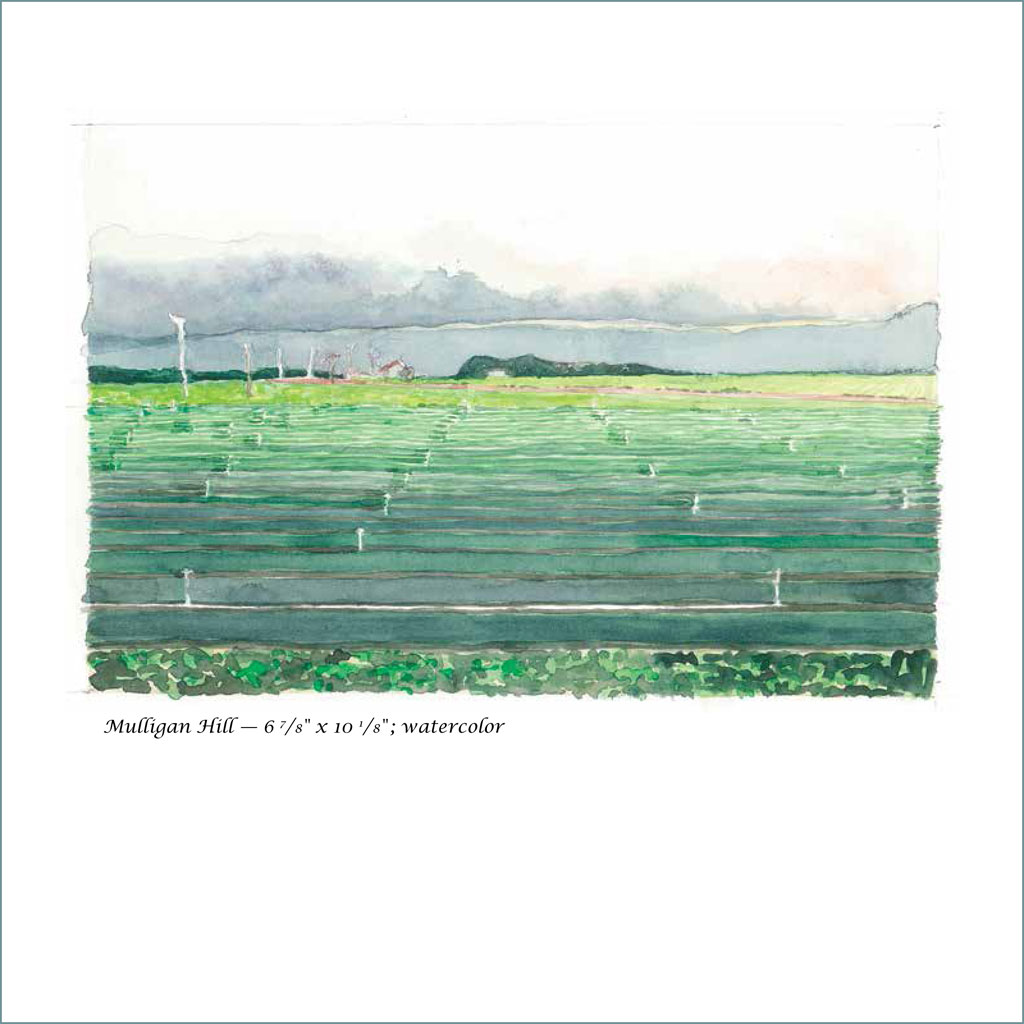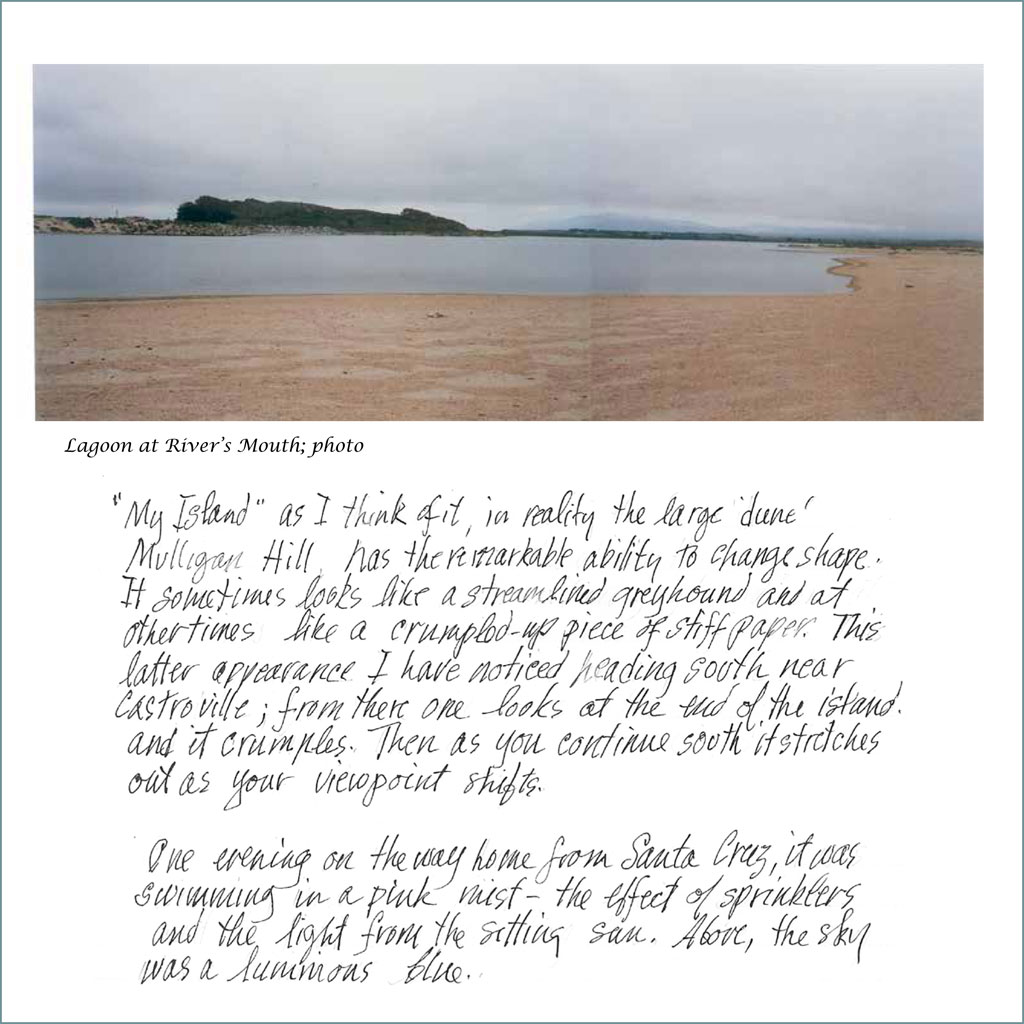John Steinbeck’s imagination was occupied by the Salinas Valley and Salinas River of his California childhood. One became “the valley of the world” in East of Eden, a microcosm of nature, nurture, and culture in the turbulent unfolding of human history. The river—flowing north, like the River Nile, and underground, like the River Styx—served Steinbeck as a contrasting symbol of timelessness beyond man, like the tide pools and the stars in Sea of Cortez. Since Steinbeck wrote his books, artists in various media—watercolor painting, nature photography, narrative text—have interpreted the Salinas valley and river with a similar sense of adventure and appreciation. Janet Whitchurch combines all three—original text, nature photography, and watercolor painting—in her exploration of John Steinbeck’s valley and river, published here for the first time.—Ed.
About Janet Whitchurch
Janet Whitchurch, a third generation Californian, grew up in San Francisco and attended Stanford University, where she earned undergraduate and graduate degrees in art. Since retiring as a public and private school art teacher, she has devoted herself full-time to creative work and spent 2009 as a visiting artist at the American Academy in Rome, where she conceived the idea of exploring John Steinbeck’s Salinas River and Valley in image and text. A gifted linguist, she translated and illustrated a Russian-English edition of a children’s book by Alexander Pushkin, The Story of the Fisherman and the Fish. She lives in Monterey, California and has three children and seven grandchildren.
